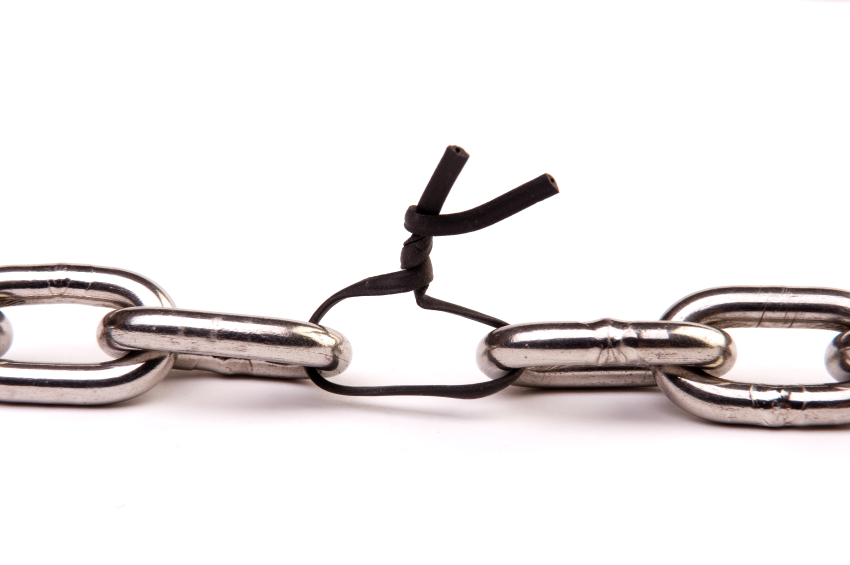
Cynthia is my newest client. While talking with her yesterday about her work space, I soon realized that she had a serious “cockpit problem.”
Here’s what I mean….
Her kitchen table is her desk.
Her important work files are in a cabinet in the basement.
She shares a stapler with her daughter; her printer is in the family room; her office supplies are scattered throughout the house.
I don’t blame her, of course. Having been a work at home entrepreneur myself for nearly 15 years, I understand how this can happen.
But it’s a problem.
If you want to be efficient, do your best work and stay organized, you need to take yourself seriously and set up a real office.
Here are four suggestions:
#1 – Find a dedicated space.
If your office is outside your home, this is pretty easy. For the rest of us, it’s important to find a space that is away from your family’s traffic patterns, private enough that you can talk on the phone without interruption and quiet enough for you to focus. If it has a door, all the better. It need not be large, but it must be dedicated. By the way, even if you have one, I don’t recommend using a guest room as your office. That’s great until a guest comes for a week and you can’t get anything done! Try to choose a location where you won’t be displaced.
#2 – Think in terms of functionality.
My office is small (it’s just inches wider than my desk), but it has everything I need. Two big computer screens; my calculator; pens; a printer; and an organized place to keep my stamps, papers and other supplies. So … either gather up all the supplies from around your house or take a trip to Staples and get what you need. You may think it’s a waste to duplicate things you already have, but believe me, it’s a bigger waste to squander your precious time looking for stuff! Oh, and I also recommend having a great chair. You can read more about mine here.
#3 – Stay organized.
Back to the cockpit analogy. If you keep non-work things on your desk – even important things that you don’t want to forget, like vitamins, coupons or the latest Pottery Barn catalogue – you’re making life harder. Every time you add “one more important thing,” the mess gets bigger. And a disorganized desk is an energy drain. That’s right. Staying focused can be challenging enough. If every time you look away from your computer you see something to remember or do, it can send you spinning (spinning is not a good way to fly!).
#4 – Get the family on board.
Whether you’re brand new to working at home or have been doing it for years, you’ll need to set up some rules. Mine are pretty simple: Don’t try to talk to me if I’m on the phone; no one touches anything on my desk. With that second rule in particular, it means that everything is exactly where I last left it. (No family member in their right mind would ever dare touch my headset.)
Oh, and one last, super-important thing: Don’t’ forget to add touches that make your office pleasant!
I’ve got favorite photos, a blue ceramic heart that used to belong to my grandmother for holding paper clips, and my (fabulous) rocket pen sitting close by at all times.
Happy flying!

 Often, when I begin working with a new client, we sit down and talk about their “points of failure.” You know, those critical “things” that we depend on each day to run our business and, if they were suddenly gone or became broken in some way, would take some serious time, effort, money (or all three!) to recover from.
Often, when I begin working with a new client, we sit down and talk about their “points of failure.” You know, those critical “things” that we depend on each day to run our business and, if they were suddenly gone or became broken in some way, would take some serious time, effort, money (or all three!) to recover from.